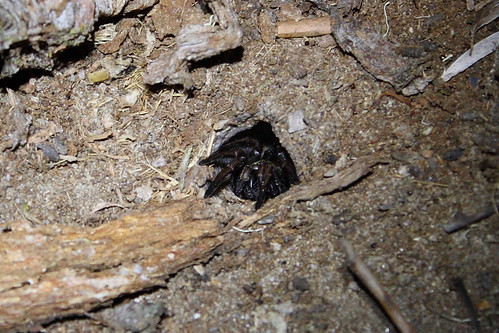Myrmecia
I’m not bothered much by ticks, leeches, spiders or snakes, but bulldog ants really put me on edge. It’s not just they are HUGE, it’s their behaviour and aggressiveness. While most wild animals seem timid and will avoid human contact bulldog ants will actively seek out and attack a threat. They don’t swarm mindlessly in large numbers, bulldog ants hunt alone and are large enough that you can clearly see their heads, eyes and other body parts. To see an ant turn it’s head, look at you and then turn it’s large body around and start jumping at you is really off-putting. And it’s not all posturing, they back it up with an excruciating sting.

There are around 90 species of Bulldog ants almost all of them endemic to Australia. They are considered a primitive ant having evolved around 100 million years ago. All ant species living today are thought to have come from ancestors that were similar in looks and behaviour to bulldog ants.
I’ve been bitten by these ants several times, actually it’s not a bite but a sting. You first feel the tiny pinch of their large mandibles grabbing your skin, if you’re fast enough you get to then see them bend their large body around and jab you with the point of their abdomen. It feels like a needle of fire has been driven in. Their venom has the potential to induce anaphylactic shock, there are several known cases of death caused by these guys, yikes!

The ant in the photos is dead. My daughter found it walking around the house, I captured it in a plastic container. It hurled itself around inside for about an hour before quieting down. As I watched it it got slower and slower. I opened the lid and it could barely move, not long afterwards it was dead. I have no idea what happened, maybe it was sick to begin with, or possibly it exhausted itself trying to escape?

All the photos were taken with a Canon Digital Rebel XTi using a reverse ring and the standard 18-55 zoom lens. It was hard to get a sharp shot, depth of field was around 1mm
Resources and references








